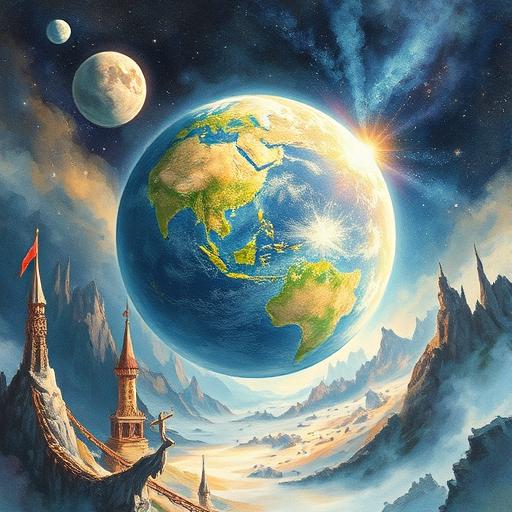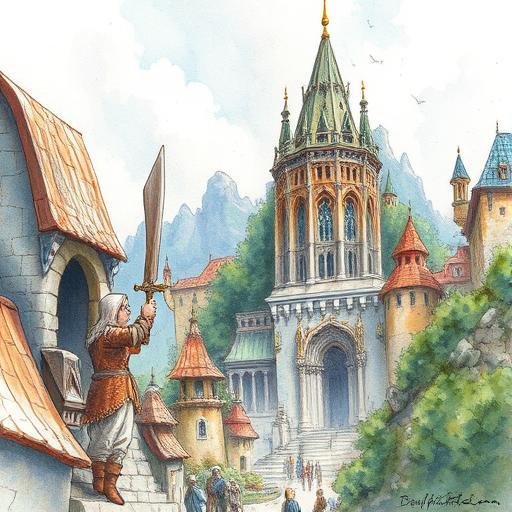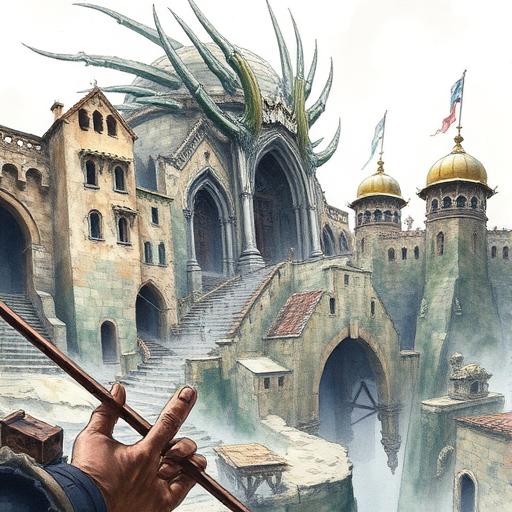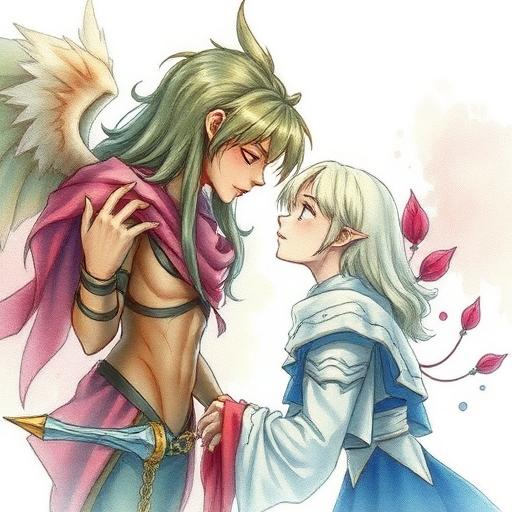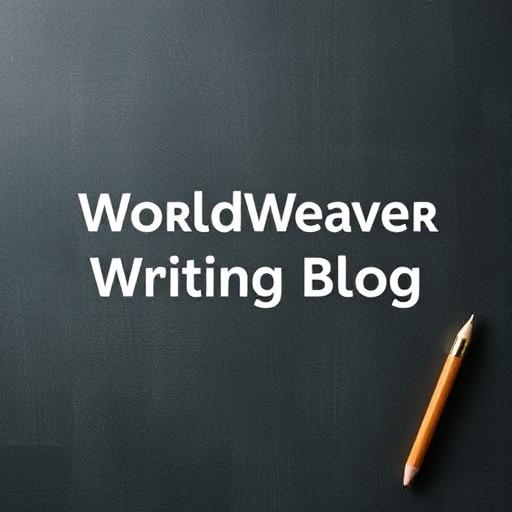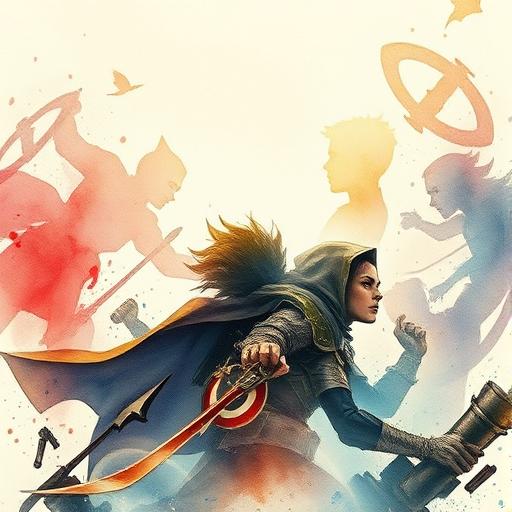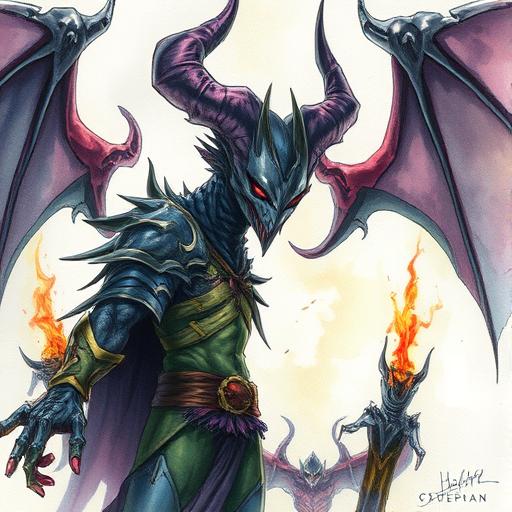Developing Coherent Mythologies and Legendary Backstories for Rich Worlds
This article explores the art of crafting compelling mythologies and legendary backstories that enrich fantasy worlds, and provides practical tips for writers to create immersive and believable stories. By drawing on real-world inspirations and research, writers can develop unique and captivating mythologies that underpin their fictional worlds.

Introduction to Mythology and Worldbuilding
When it comes to building rich and immersive fantasy worlds, mythology and legendary backstories play a crucial role. A well-crafted mythology can elevate a story from a simple tale to an epic legend, immersing readers in a world of wonder and awe. As exploring the intersection of mythology and world-building techniques reveals, the best mythologies are those that are deeply intertwined with the world's history, culture, and geography.
Key Elements of a Coherent Mythology
To develop a coherent mythology, writers should consider the following essential elements:
- Cosmology: the origin and nature of the world and its universe
- Pantheon: the gods, goddesses, and supernatural beings that inhabit the world
- Legendary creatures: the mythical beasts, monsters, and heroes that shape the world's history
- Magical systems: the rules and principles that govern magic and its use in the world
- Historical events: the significant events that have shaped the world's history and cultures
Blending Historical and Mythological Elements
One effective way to create a unique and captivating mythology is to blend historical and mythological elements. By drawing on real-world historical events, cultural practices, and mythological themes, writers can craft a mythology that feels both familiar and innovative. For example, the myth of the dragon slayer can be reimagined in a fantasy world with a unique cultural twist, such as a dragon slayer who is also a revered spiritual leader.
Creating Legendary Backstories
Legendary backstories are the foundation of a rich and immersive world. They provide the historical context for the story, shaping the cultures, societies, and characters that inhabit the world. To create compelling legendary backstories, writers should consider the following tips:
- Start with a core event or figure that shapes the world's history
- Develop a timeline of significant events that flow from the core event
- Introduce legendary creatures, heroes, and villains that shape the world's mythology
- Use writing diverse fantasy worlds with real-world inspirations and research to add depth and authenticity to the backstory
Worldbuilding and Mythology in Practice
When it comes to worldbuilding and mythology, the key is to create a cohesive and immersive world that draws readers in. This can be achieved by considering the world planet writing different stories that can be told within the world, from epic quests to personal journeys of self-discovery. By crafting a rich and detailed world, writers can create a sense of depth and history that underpins the story, making it feel more real and immersive.
##Conclusion Developing a coherent mythology and legendary backstory is a crucial part of building a rich and immersive fantasy world. By drawing on real-world inspirations and research, writers can craft unique and captivating mythologies that underpin their fictional worlds. Whether you're writing a high fantasy epic or a intimate character study, a well-crafted mythology can elevate your story to new heights. For more tips on writing diverse and inclusive stories, check out our article on writing diverse and inclusive stories beyond fantasy genres. With careful planning, research, and creativity, you can create a mythology that will transport your readers to a world of wonder and awe.
| Mythology | Worldbuilding | Storytelling |
|---|---|---|
| Cosmology | Geography | Character development |
| Pantheon | Climate | Plot structure |
| Legendary creatures | Cultures | Themes |
Comments
Comments are hidden to save bandwidth. Load them when you want to read or leave one.

